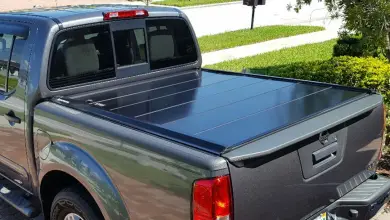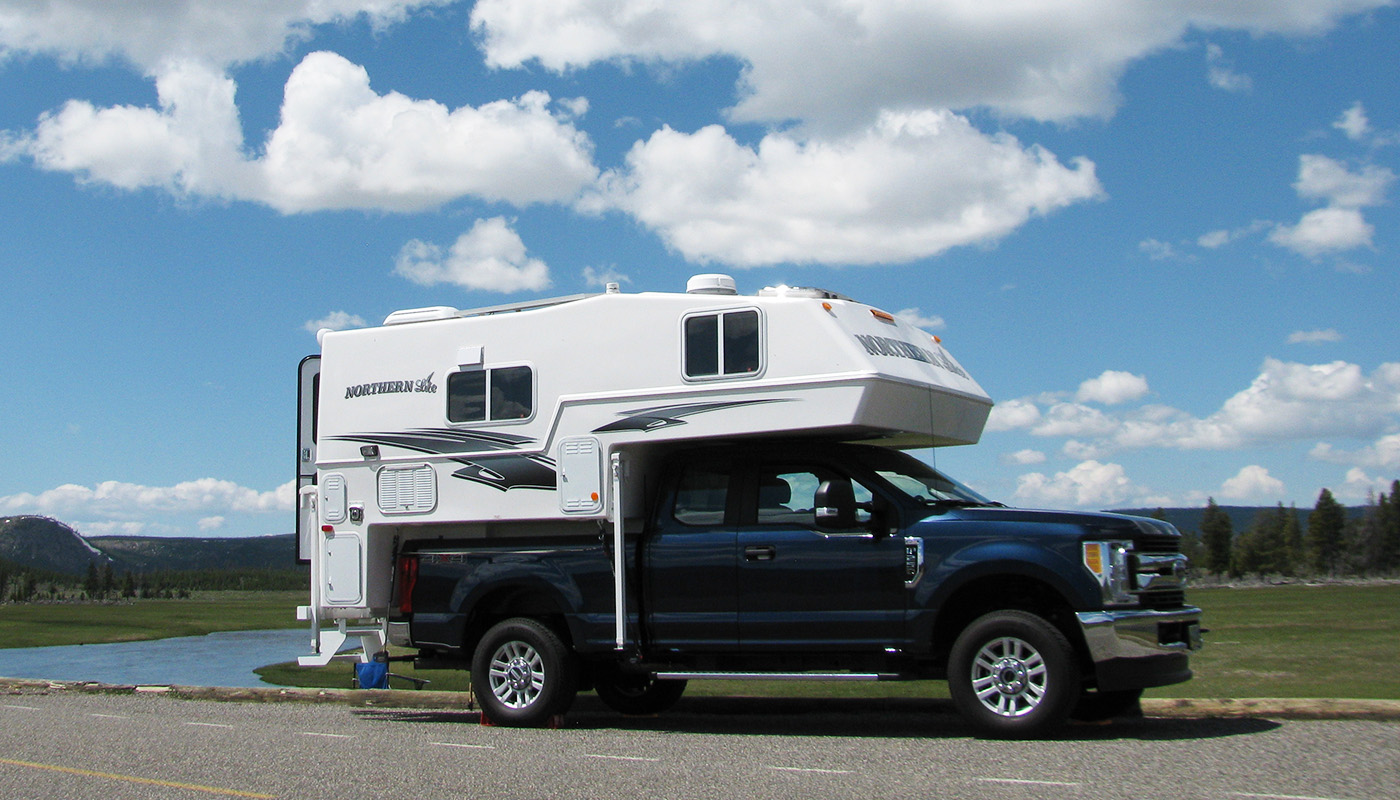Why Do 4×4 Trucks Waste More Gas

Having a vehicle is significant that how much fuel it consumes and how much mileage it has. If you are interested to buy a new vehicle like a 4×4 truck, you must know that it will waste more gas than other vehicles.
Why do 4×4 trucks waste more gas? 4×4 trucks waste more gas because they have more weight and drivetrain components. They have more components like a transfer case, an extra drive-haft, and an extra differential. These components increase the rotational mass, friction, and weight which consequently affect fuel consumption.

A 4×4 truck is also called 4WD. In this system, the engine of the vehicle gives power to all the wheels at the same time. When it attributes to the cars and trucks, there are four choices regarding wheel drive.
Why Do 4×4 Trucks Waste More Gas?
4×4 truck has a hard and big frame to carry big trailers and heavy payloads, heavy-duty suspension to handle the challenging inadequate road conditions and giving power to all wheels simultaneously. So, gas mileage suffers.
The terrain on which you are driving the 4×4 truck also affects gas consumption. In 4Lo, technical trails and heavy rock crawling consume more gas. Due to the friction to drive shafts, spin gears, and joints, a remarkable amount of power is spent to transfer the power to drive wheels. This is called loss of driveline.
Rotating mass also affects gas consumption as well as vehicle acceleration. Rotating mass needs more power to rotate the heavy components at the same time which results in higher fuel consumption and slower vehicle.
In the rotational mass, all components like tires, side-shafts, wheels, and gears are included that rotate and travel with the truck.
There is another thing that negatively affects gas mileage which is unsprung weight. Unsprung weight or unsprung mass is the weight under the suspension that the truck needs to move such as tires and wheels. That’s why heavier and bigger wheels impact gas mileage negatively.
It is important to discuss all drivetrain systems so that you can better understand 4×4 or 4WD:
A 4-wheel drive (4WD)
This automobile drivetrain system gives power to all wheels simultaneously. 4×4 truck is normally designed for inadequate road or off-road driving. 4WD is also combined with locked differentials for the best performance on off-roads.
Locked differentials suggest that wheels that are on the same axle can lock together. This is worthy to reclaim traction when getting stuck in the mud, rocky terrain, or snowy scenarios.
Overall, 4WD is an amazing choice offered on 4×4 vehicles. There is an option to turn off or activate 4WD, depending on the situation.
Rear-wheel drive (RWD)
If we talk about rear-wheel drive, in normal circumstances, it has better turning and acceleration as compared to FWD versions. Instead of pulling, they press their weight onward. Moreover, they start the turn from the back.
Front-wheel drive (FWD)
In front-wheel drive (FWD), there is a truncated drivetrain system which makes the vehicles lighter, more fuel-efficient, and less expensive to maintain.
All-wheel drive (AWD)
(AWD) is similar to 4WD as the engine gives power to all wheels. AWD specifically is designed for handling and speed as opposed to inadequate or off-road scenarios. We can call it the smart type of 4×4 technology.
Every choice has some advantages as well as disadvantages but the difference is about the traction. However, it depends on your need that which type of vehicle you should have.
Final Words
To conclude, we can say that 4×4 trucks can never be fuel-efficient. They have more sheer weight, more moving parts, and more friction to transfer the power to the other two wheels, side-shafts, and differentials. So these trucks waste more gas.
Read Also,




